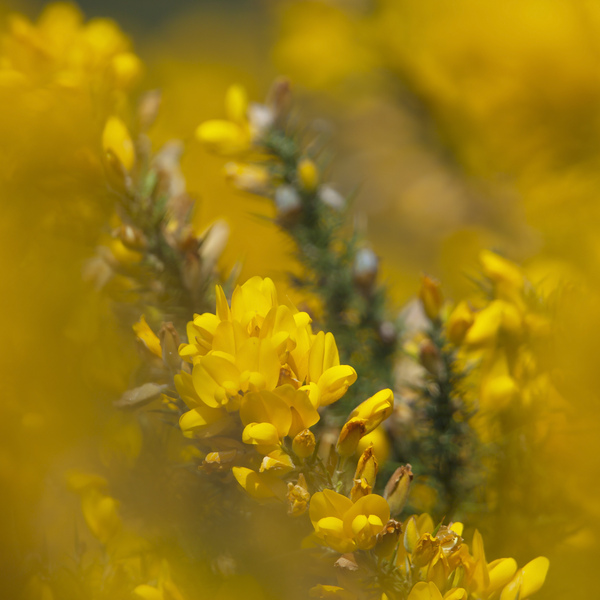Key Facts
- Height: up to 2m
- Spine length: 1-3cm
- Flower length: 1-2cm
Windy, open moors or coastal grasslands covered in bright yellow Gorse and purple heathers are synonymous with what we call ‘wild’ landscapes.
Yet Gorse can be seen in all kinds of habitats from heaths and commons to towns and gardens. It generally flowers from January to June (although it may flower sporadically throughout the year), while its close relatives – Western Gorse and Dwarf Gorse – flower from July to November. Gorse is a member of the pea family.
How to Identify
Gorse is a large, evergreen shrub covered in needle-like leaves and distinctive, coconut-perfumed, yellow flowers during the spring and summer. There are three species of gorse in the UK, which are all very similar: Common Gorse is widespread and mainly flowers form January to June, Western Gorse flowers in later summer and autumn and is mainly found in western parts of the UK; whereas Dwarf Gorse, which also flowers later, is mainly found in the south and east of England and is absent from Ireland.
Where to find
Widespread.
How people can help
Gorse is an important shrub as it provides shelter and food for many insects and birds, such as Dartford Warblers, Stonechats and Yellowhammers. However, it can quickly become invasive in an area, forming dense, impenetrable stands. The Wildlife Trusts manage many heathland and grassland habitats for the benefit of wildlife – careful grazing with traditional breeds and scrub clearance are just a couple of the ways they ensure a balance of plants and cover in these fragile habitats. By volunteering for your local Trust you can help too, and you’ll make new friends and learn new skills along the way.
Did you know?
Traditionally, Gorse was regularly collected from commonland for a number of purposes: it provided fuel for firing bread ovens; was used as fodder for livestock; was bound to make floor and chimney brushes; and was used as a colourant for painting Easter Eggs. However, there were a number of restrictions on its collection; for example, in Oxfordshire, only the amount that could be carried on the back could be cut for fuel.
Similar Species
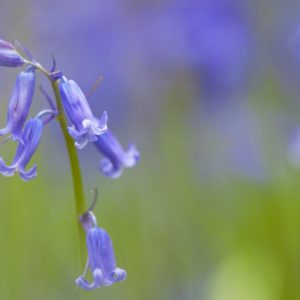
Bluebell
- Wildflowers
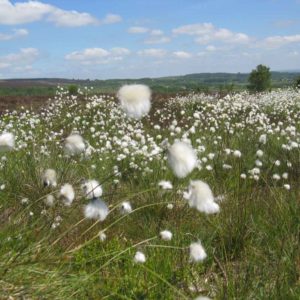
Common Cotton-Grass
- Wildflowers
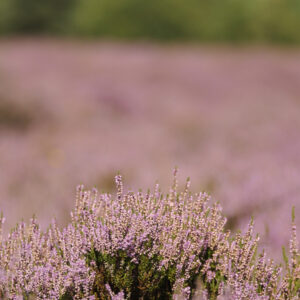
Heather
- Wildflowers
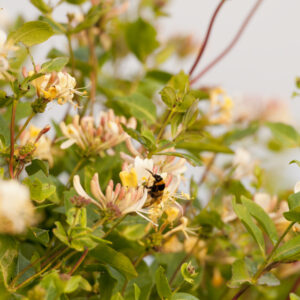
Honeysuckle
- Wildflowers
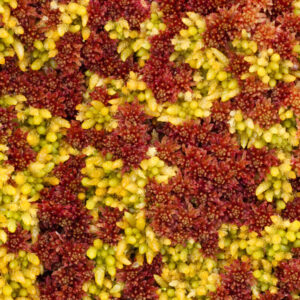
Sphagnum Moss
- Wildflowers
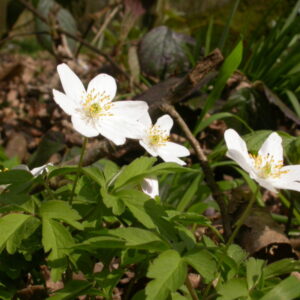
Wood Anemone
- Wildflowers
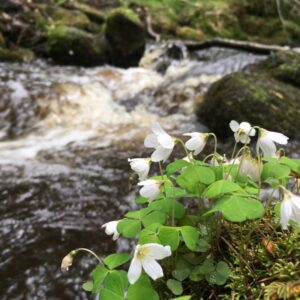
Wood Sorrel
- Wildflowers
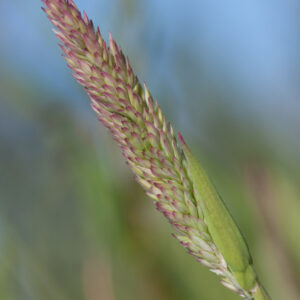
Yorkshire Fog
- Wildflowers
